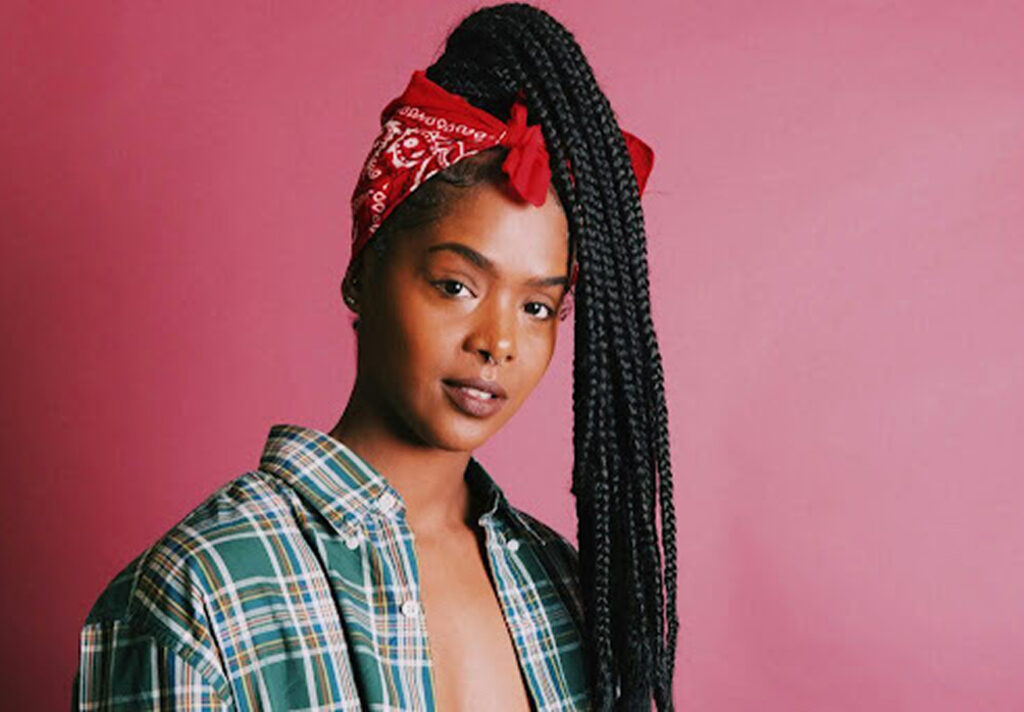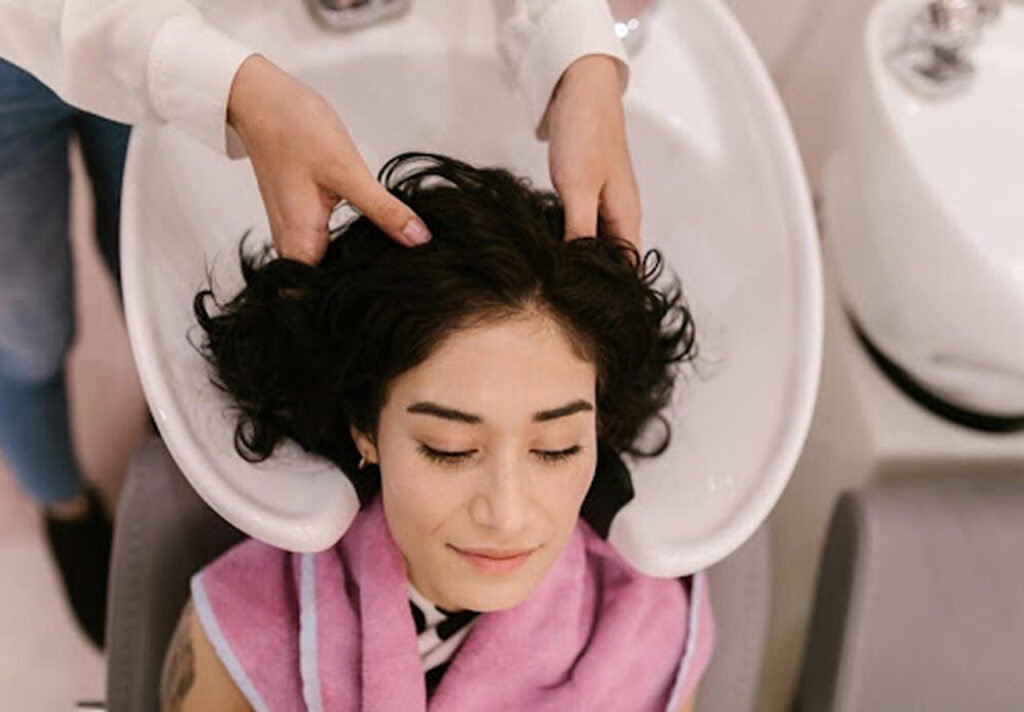What causes thinning edges and how to treat it: Top 7
- 7 Min Read
Thinning edges can impact not only your hair but also your mental health, as it can affect how you see yourself. There are several causes of thinning edges, and many struggle to locate the precise problem. Here are some different causes for thinning edges and how to restore your hairline, according to a certified dermatologist and COIL Founder, Malcolm Pyles
Causes of Thinning Edges
1.Tight hairstyles
In the Black community, thinning edges is often a topic many face due to tight hairstyles. Whilst braided extensions are referred to as protective hairstyles, unfortunately, many pose a danger to your hairline due to their extremely tight grip.
The idea of tight hairstyles is that it helps the hairstyle last longer and look neater. But unfortunately, having repetitively tight hairstyles especially with gripping near the front of the hair, can cause your hairline to fade over time.
Solution:
Instead of always opting for tight-gripped hairstyles, choose more non-manipulative hairstyles that give your edges a chance to breathe. For Black hair, examples of this could be mini-twists. This style lasts long, is flexible, yet is not a tight grip hairstyle.
Our personalized hair prescriptions, like our hair growth serum, help facilitate your restoration journey to getting fuller edges.

black girl with laid edges
2. Laying Edges
In the Black community, laying edges has been somewhat of a historic ritual. The practice is often used to decorate the front of the hair, adding creativity to the style.
From Josephine Baker to Meg Thee Stallion, it continues to be a popular technique in Black hair styling today. It has even grown into mainstream amongst other hair textures, contributing to the clean girl aesthetic as the aim is to make the front hair appear well-kempt.
However, excessively laying your baby hairs leads to thinning edges over time due to the constant stress your hairline is under. On top of this, many use hair products with harsh chemicals like IPA alcohol when laying edges, which can dry the hair and contribute to breakage when used in excess
Solution:
Your hairline is the most delicate part of your hair. And therefore, it should be treated with extreme care. Try not to lay your edges excessively with every hairstyle you do. If you do want to tidy your edges, lightly brush it without extreme force.
Using products that prioritise gentle and natural indredients as oppose to harsh chemicals when laying your baby hairs also can help with hairline maintainance.

woman holding head in distress
If you're implementing healthy hair practices but still suffering from thinning edges, it could be that you're in a stressful season, which may manifest through thinning edges.
Solution:
Self-care practices can help regulate stress better, which may result in restoring your hairline. Closely monitor changes in your lifestyle to help understand if stress may be a trigger for your hair loss and seek guidance from a medical professional.
4. Chronic Health Disorders
Having a chronic health condition could impact your hair health too. Conditions that affect the skin, like lupus or psoriasis, could impact thinning edges, especially if you have a relapse episode.
Solution:
If you have a chronic health condition, it may be a case of more so treating and monitoring your edges when you have a relapse as opposed to a complete cure for your edges.
Depending on the condition you have, it may be best to focus on treating your health condition first and seeing how it affects your thinning edges. Consult your doctor about how your health diagnosis may affect your hair.
5. Hair accessories
Whether it's headbands, headwraps or hats, wearing hair accessories that go directly on your hairline can cause your hairline to wither if used often.
Solution:
Avoid using these hair accessories as your go-to in regular hairstyling. Try to opt for non-manipulative styles that allow your hair to breathe

<span data-metadata=""><span data-buffer="">woman massaging hair
6. Dry hair
Texture hair types with curls and coils need more moisture than looser hair types. Failure to moisturise your hair according to its needs can cause your edges to be brittle and break.
Solution:
Regularly check the moisturising levels of your hair. Without overpowering it with product, try to use a light-based moisturiser or oil like our serum or conditioners and massage it along your hairline when applying the product. This helps increase blood flow stimulation and therefore promote hair growth.
7. Alopecia
From Central centrifugal cicatricial alopecia (CCCA), which disproportionately affects Black Women, to Alopecia Areata, there are various types of alopecia which have their distinct causes.
Solution:
Seeking a dermatologist or trichologist's advice will help diagnose if you have alopecia. COIL is a team of certified medical professionals well-experienced in handling scalp and hair conditions like alopecia.
We offer hair and scalp prescriptions to help treat chronic hair conditions. Take our hair quiz to consult with a dermatologist and get personalized prescription for your hair issues